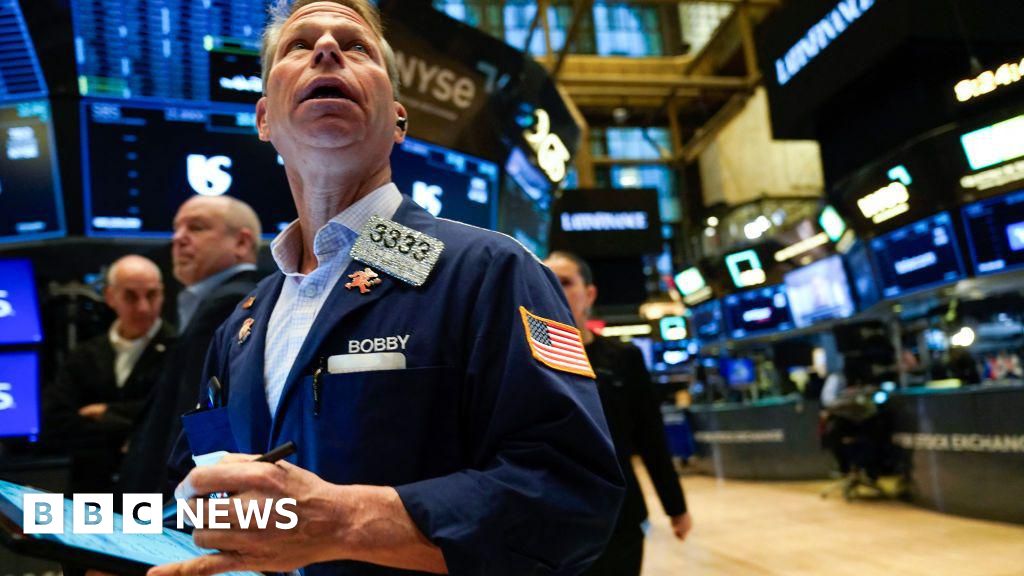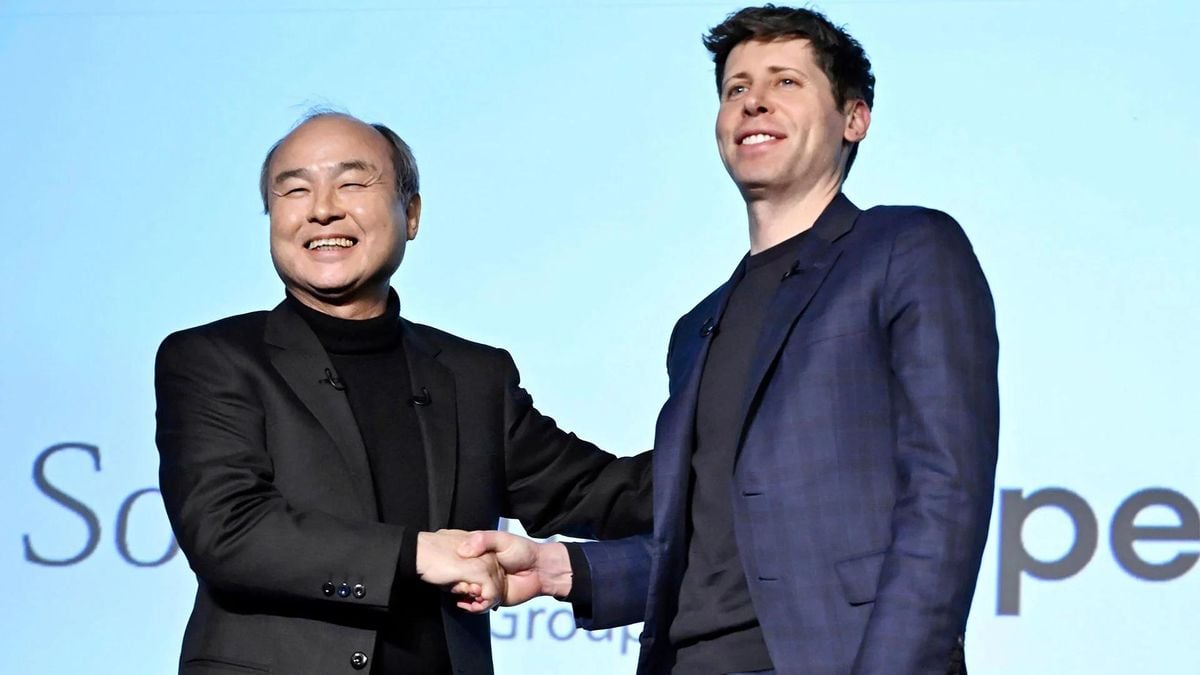- PE 150
- Posts
- PE’s Talent Wars, NAV Loan Drama, 76% Buyout Bombshell
PE’s Talent Wars, NAV Loan Drama, 76% Buyout Bombshell
Talent retention remains a top priority for PE CFOs as companies are doubling down on long-term incentives strategies and many companies are on a specialized role targeting hiring spree, mainly on ESG, tech and data analytics roles.
Happy hump day, !
Talent retention remains a top priority for PE CFOs as companies are doubling down on long-term incentives strategies and many companies are on a specialized role targeting hiring spree, mainly on ESG, tech and data analytics roles.
NAV loans have provided years of liquidity lifeline, proving essential to any private equity strategy. However, continuous new trends and shifts in paradigms in the modern search for liquidity raises the question, are NAV loans still perceived as essential by Private Equity professionals?
Information technology (IT) has claimed the lion’s share of private credit allocations, accounting for 41% of global deal volume over the last 3 years
With add-ons representing 76% of buyouts in 2024, these deals are no longer merely a supplementary strategy but have become a defining characteristic of the United States PE market.
— PE150 Team
In this Issue:

Private Equity’s Hiring Hustle
The war for talent in private equity isn’t slowing down—it’s just getting more strategic. With 76% of CFOs at $15B+ AUM firms ranking talent retention as their top priority, the industry is doubling down on long-term incentives and leadership stability. Meanwhile, 52% are on a hiring spree, targeting specialized roles in ESG, tech, and data analytics to stay competitive.
The numbers tell the story: 89% of private capital firms plan to maintain or expand headcount, even as AUM growth slows. However, the game is shifting—demand for fundraising talent has surged to 15% (from 9% in 2023), reflecting a tougher capital-raising landscape.
And it pays to be in the game. Median PE salaries continue to scale, with analysts starting at $125K, associates at $225K, and managing directors clearing $1.35M. Compensation at the junior and mid-levels is growing the fastest, with 8% increases, highlighting the rising importance of operational execution.
Strategic Insight for PE Firms: If you’re still relying on the traditional investment banking-to-PE pipeline, you’re already behind. The smartest firms are diversifying their talent sources—pulling in experts from corporate finance, tech, and even AI-driven analytics. In an era where capital is harder to come by, hiring people who know how to unlock new investor bases isn’t optional—it’s survival.
Want to learn more?

Redefining Growth: Add-Ons Take Center Stage in Private Equity
The trend of add-ons as a percentage of U.S. buyouts has been on an upward trajectory over the past decade, reflecting a profound shift in private equity (PE) strategies. The proportion of add-ons has grown from 60% in 2014 to a remarkable 76% in 2022 and 2024, showcasing how these transactions have become an integral part of value creation in the PE ecosystem. Add-ons, allow firms to bolster operational efficiencies, expand market share, and execute roll-up strategies with precision. This increasing reliance on add-ons underscores the preference for accretive growth through acquisition, particularly as economic conditions and elevated valuations for platform investments have made organic expansion more challenging. The COVID-19 pandemic and its aftermath further amplified this trend, as PE firms leveraged add-ons to build resilience and optimize existing investments in an environment of economic uncertainty.
The sustained dominance of add-ons reflects a maturing PE landscape, where firms are shifting from large standalone deals to a focus on bolt-on acquisitions that drive scalability and sector consolidation. With add-ons representing 76% of buyouts in 2024, these deals are no longer merely a supplementary strategy but have become a defining characteristic of the U.S. PE market. This growth also speaks to the increasing sophistication of deal sourcing and execution capabilities within firms, as well as the benefits of deploying capital in smaller, more targeted acquisitions. For investors, this trend highlights the strategic focus on operational improvement and synergy realization as core components of the PE playbook, solidifying add-ons as a critical lever for value creation and competitive differentiation in today’s deal-making environment.
Sponsored Content
Diversified Crypto in One Stock – 60+ cryptocurrencies, one investment.
Gain exposure to 60+ cryptocurrencies in a single stock. DeFi Technologies (CBOE: DEFI OTC: DEFTF) offers broad access to the $3T crypto market—without the complexity of wallets or exchanges.

Leveraging Transparency: The Shift in Private Equity's Liquidity Strategy
For years, net-asset-value (NAV) loans have served as a critical tool for private equity (PE) firms, allowing them to leverage their equity stakes to generate liquidity and enhance fund returns. However, the controversial practice of using NAV loans to fund distributions instead of growth has sparked significant debate within the industry.
Initially seen as a lifeline during periods of reduced deal activity, NAV loans estimated to total $50 billion globally are now under increasing scrutiny from both regulators and investors. Concerns center on the potential for these loans to dilute long-term returns, weaken portfolio companies, and amplify systemic risks.
The conversation around NAV loans reflects a broader shift in the balance of power within private equity. Limited partners (LPs), such as pension funds and institutional investors, are gaining greater influence over how general partners (GPs) manage their funds. GPs are responding to investor concerns by curbing the use of NAV loans for distributions and prioritizing reinvestments into portfolio companies and add-on acquisitions.
According to data from 17Capital, "money-out" transactions accounted for only 3% of NAV loan volume in 2023, down from 24% in 2022, with projections for 2024 indicating an even smaller share. This trend aligns with LP preferences for reinvestment and greater transparency, as emphasized by industry leaders like Ares Management Corp. and Perpetual Investors.

Private Equity firms acquire Triumph Group for $2B
US aerospace supplier Triumph Group has inked a $2 billion deal with private equity giants Warburg Pincus and Berkshire Partners, taking the publicly traded company private. The agreement values Triumph at approximately $3 billion, factoring in $900 million in debt, with shareholders set to receive $26 per share—a cash premium approved by Triumph's board. The acquisition is expected to close in the second half of 2025, pending regulatory and shareholder approvals.
Triumph, known for producing mission-critical components like landing gear systems for Boeing 787s and flight-control cables for military and commercial aircraft, has streamlined its portfolio in recent years by exiting aerostructures programs. Warburg Pincus and Berkshire Partners aim to leverage Triumph’s reputation for engineering excellence to drive growth in both OEM and aftermarket sectors. This transaction underscores the aerospace sector’s appeal to private equity investors as it recovers from pandemic disruptions and refocuses on high-value engineered solutions.
Sponsored Content
Own a stake in Alaska’s oil reserves.
Estimated 300 million barrels of recoverable reserves
Royalty-based model reducing operational risks
Projected 25+ years of reliable, high-margin royalty income
Read the Offering information carefully before investing. It contains details of the issuer’s business, risks, charges, expenses, and other information, which should be considered before investing. Obtain a Form C and Offering Memorandum at invest.klondikeroyalties.com.

From Tech to Healthcare: The Industries Dominating Private Credit
Private credit has emerged as a powerful force in global capital markets, with its flexibility and tailored financing solutions attracting borrowers across diverse industries. Over the last three years, information technology (IT) has claimed the lion’s share of private credit allocations, accounting for 41% of global deal volume.
Healthcare follows with 14.5% of the total volume, underscoring the sector’s resilience and critical role in addressing global health challenges. Private credit has become an indispensable funding source for healthcare companies navigating regulatory landscapes and advancing medical innovation, from biotech startups to large-scale healthcare providers.
Consumer discretionary industries hold an 11.5% share, highlighting the robust demand for private credit in sectors like retail, leisure, and hospitality. As consumer spending patterns evolve, businesses in this space are leveraging private financing to adapt to market trends and deliver new experiences.
Industrials and raw materials also attract significant private credit allocations, with 8.5% and 8.2% shares, respectively. These sectors benefit from tailored funding to support supply chain enhancements, infrastructure development, and sustainable resource utilization, aligning with global goals for economic growth and environmental stewardship.
Telecom investments (6.1%) are driven by the rollout of 5G networks and increasing connectivity demands, while financial services (5.8%) benefit from private credit as firms seek to innovate in fintech and address shifting regulatory requirements.

The Global Economy is Growing. So is Trade Drama
Goldman Sachs forecasts global GDP growth of 2.7% in 2025, with the US outperforming at 2.5%—well above the 1.9% consensus. The Eurozone? Not so much—0.8% growth, weighed down by Trump-era trade tensions 2.0.
The key factor? Tariffs. Trump’s likely second-term playbook includes levies on China and imported cars, lower immigration, and regulatory rollbacks. That mix could push US inflation up to 3% and shave 0.4% off global GDP—or more if trade wars escalate.
Meanwhile, central banks are back to cutting rates like it’s 2019. The Fed is expected to trim down to 3.25- 3.5%, while the ECB eyes 1.75%. Japan, the outlier, is actually raising rates.
Big picture: The US remains the global economy’s MVP—for now. But if tariffs go nuclear, expect some bruising.

The Engine That Broke the Bank

February 1971: Rolls-Royce, the epitome of British engineering excellence, crashed—not on the road, but in the boardroom. The culprit? A disastrous fixed-price contract with Lockheed to build the RB-211 jet engine. Engineers bet big on an unproven carbon-fiber material; when that failed, so did the company’s finances.
The British government initially tried to step in but balked at the soaring costs. On February 4, 1971, Rolls-Royce filed for bankruptcy. In a controversial twist, the government then nationalized the engine business to keep Lockheed’s Tristar airliner afloat, while the luxury car division found a new home in private hands. The postmortem? A government inquiry pinpointed a fatal mix of overconfidence, financial blind spots, and misplaced faith in innovation. Moral of the story: even legends can miscalculate—especially when they assume taxpayers will foot the bill.
Love PE150? Stay Ahead in Insurance/FIG Too!
Insurance (FIG) 150 delivers the same high-quality insights—proprietary trends, curated info, and actionable tools for Insurance & FIG executives in just 5 minutes a week. Subscribe now


🌎 CEOs are optimistic about the outlook for the global #economy – almost 60% expect global growth to improve in the 12 months ahead, up from 38% last year, and only 18% two years ago.
Explore what’s on the minds of CEOs in our 28th Annual Global #CEOSurvey:… x.com/i/web/status/1…
— PwC (@PwC)
7:13 AM • Feb 3, 2025
"The way to get started is to quit talking and begin doing"
Walt Disney







